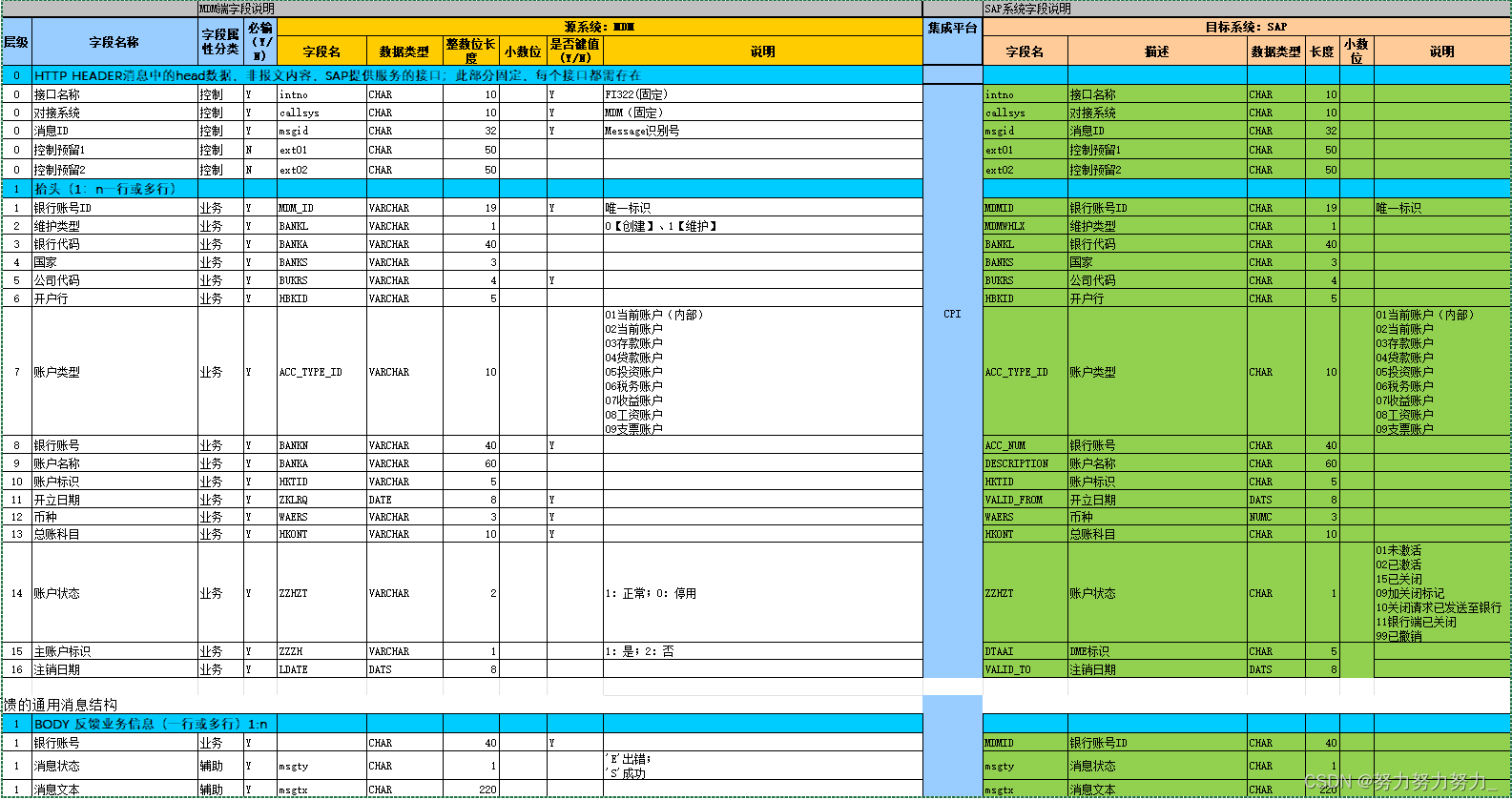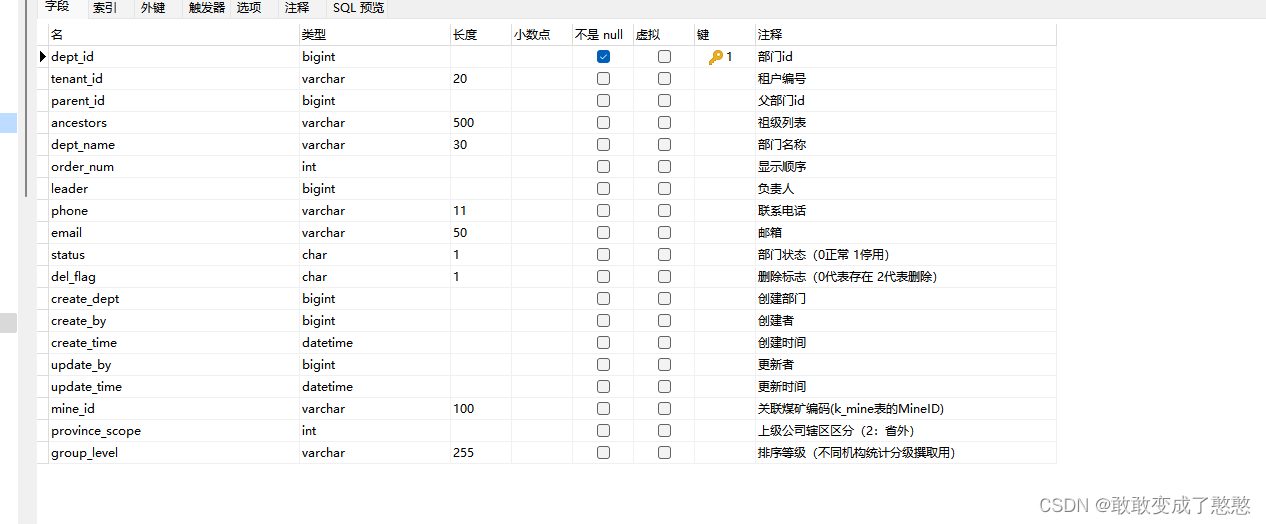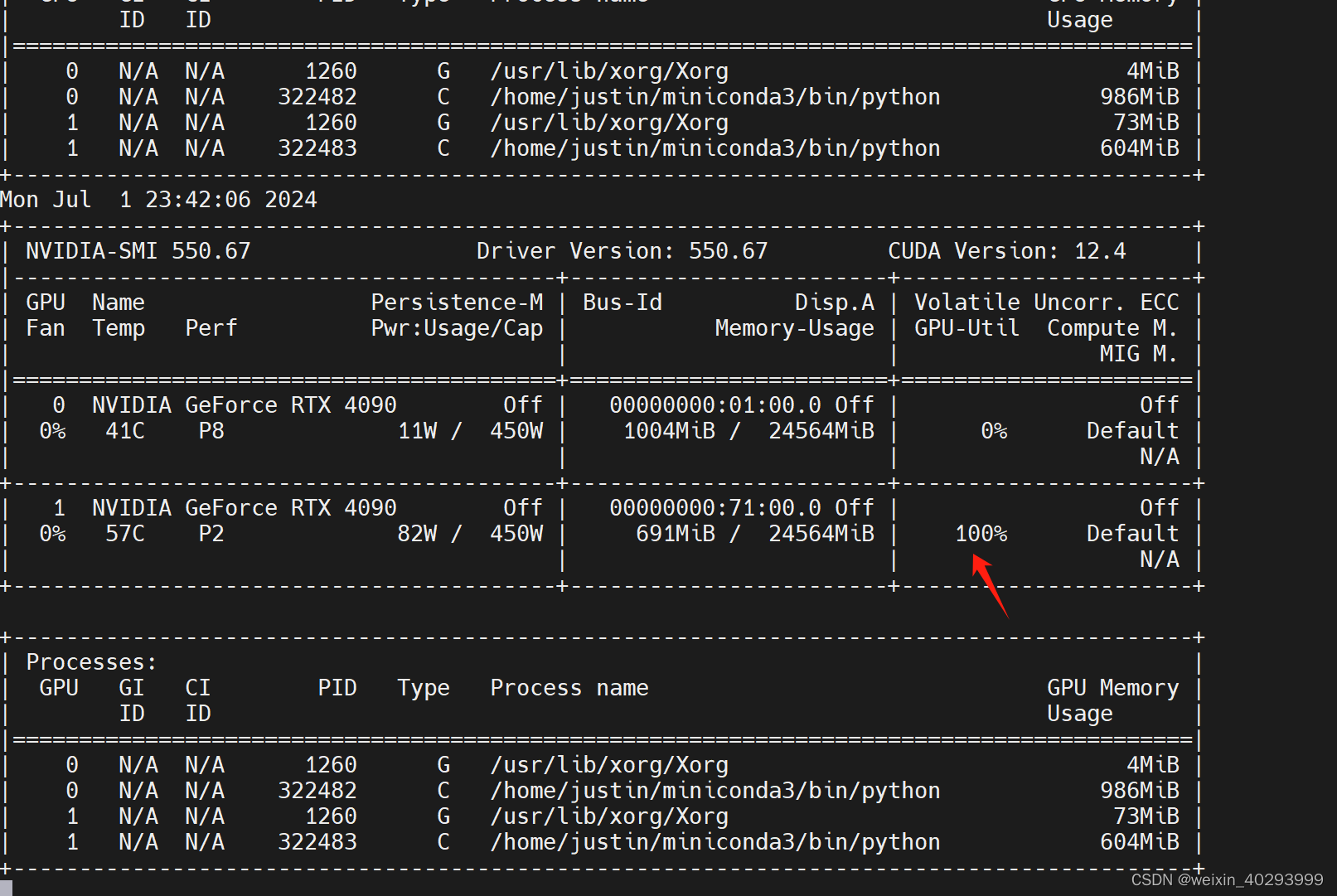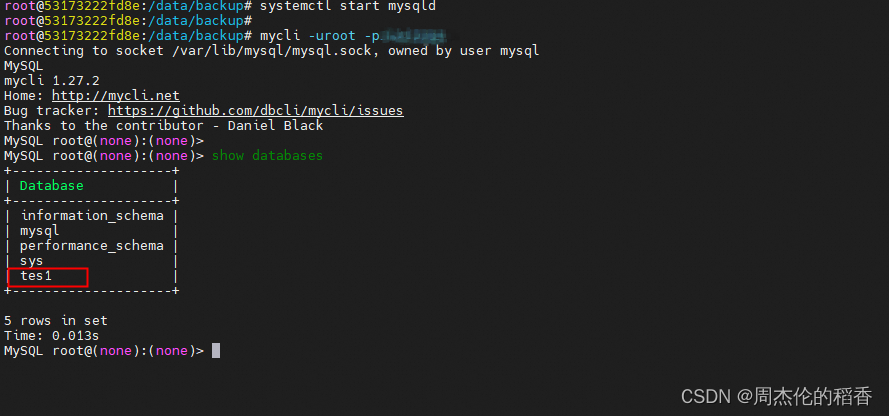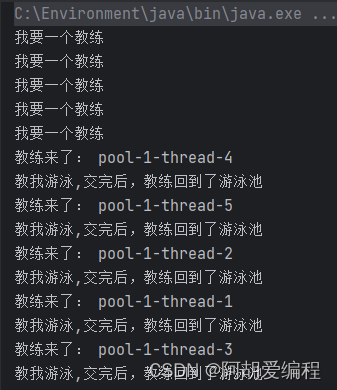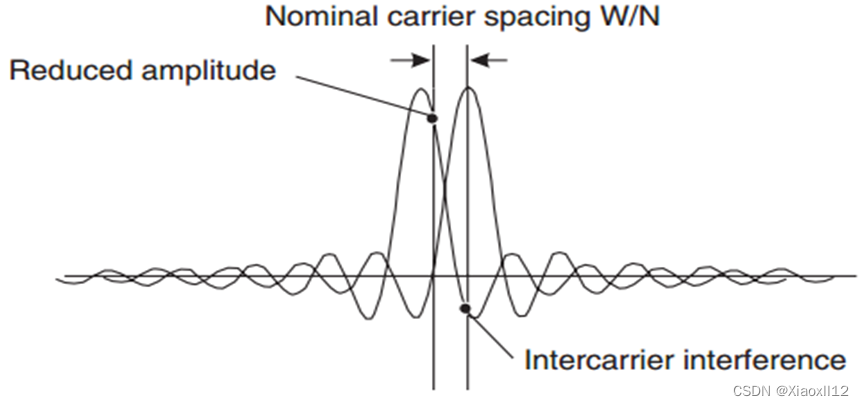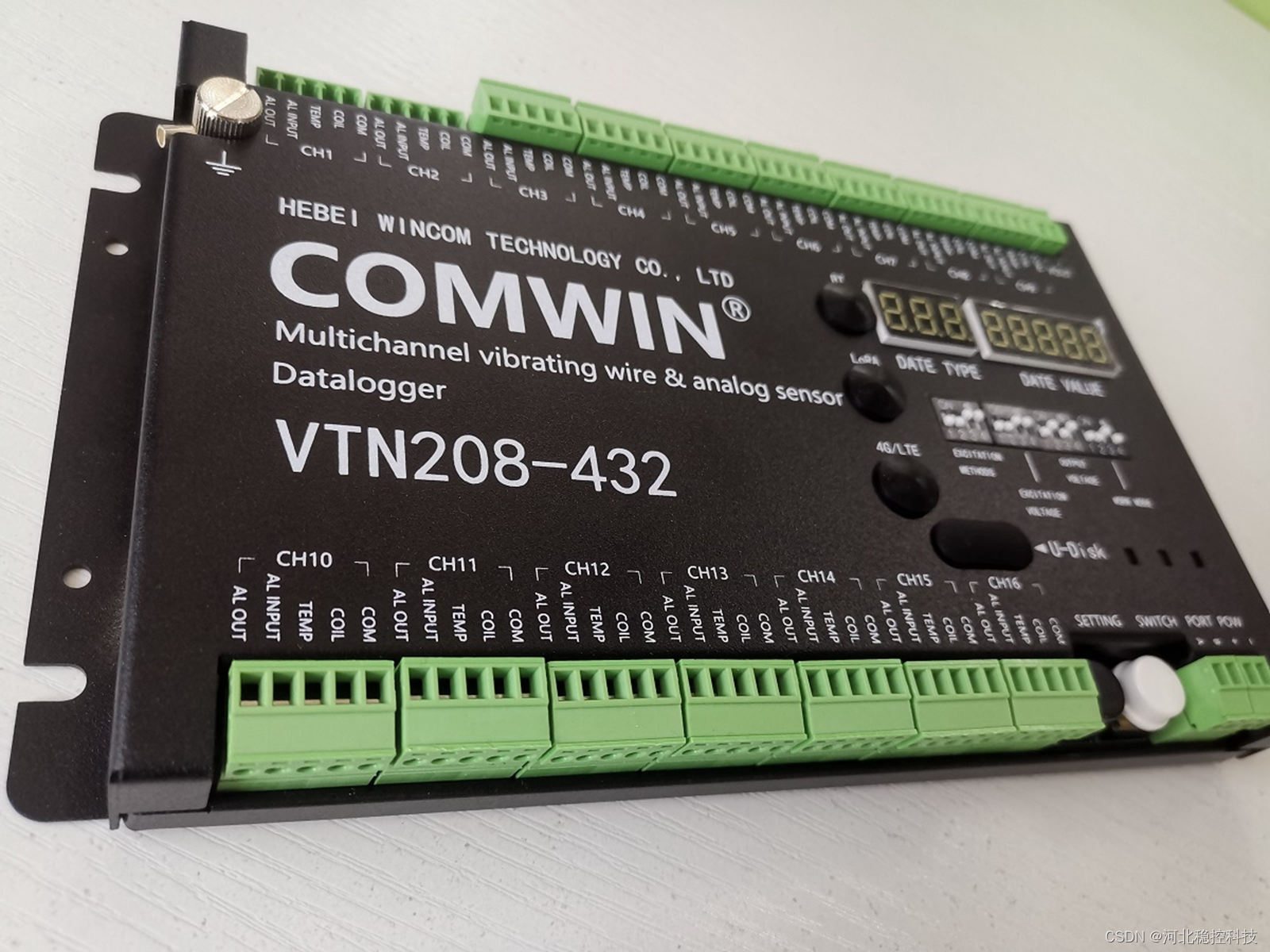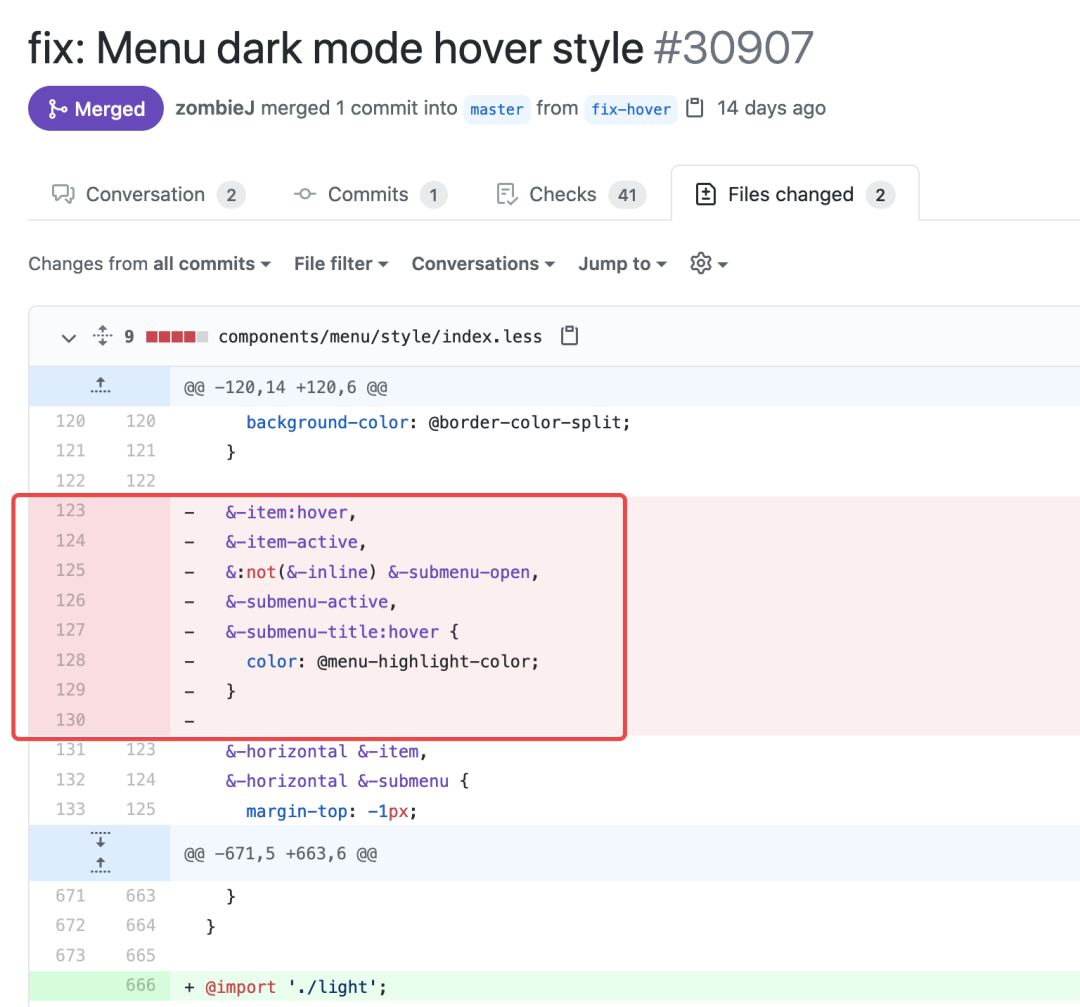仍以滚动轴承故障诊断为例,在滚动轴承的运行过程中,其振动信号包含了大量的系统运行状态信息。利用振动信号进行滚动轴承的故障诊断,实际上就是分析振动信号、提取信息的过程。由于非线性力的作用,滚动轴承的故障信号往往是非平稳、非线性的多分量信号。传统的频域分析是以傅里叶变换为基础的全局变换,只适用于用于平稳性信号的分析,使得其应用受到限制。时频分析是以信号局部变换为基础,适用于非平稳信号的分析,因此,时频分析方法是研究的热点问题之一。随着信号处理技术的发展,基于信号分解的时频分析方法已经得到了广泛的应用。这种方法的基本思路是先将信号进行分解,得到瞬时频率具有物理意义的若干个分量信号和一个余量信号。对各个分量分别进行时频变换,将得到的时频分布进行组合,得到整个信号的时频分布。这其中,最重要的一步便是信号分解方法。信号分解方法主要有两种思路:基于迭代的分解方法和基于优化的分解方法。
基于迭代的信号分解方法是应用最为广泛的一类方法,其中最经典的是EMD 方法。但是,EMD 方法也存在很多缺陷,例如欠包络、过包络、端点效应、模态混叠等。基于这样的原因,迭代滤波方法被提出,迭代滤波沿用了EMD 方法的分解框架,采用信号的全局极值尺度来构建滤波器,利用滤波函数与信号卷积来定义信号的均值曲线,通过迭代筛分来分解信号。对迭代滤波的筛分过程收敛性,提出了严格的数学证明。但是,迭代滤波方法是基于全局极值尺度来构建滤波器的,不适合非平稳信号的分析。因此自适应局部迭代滤波算法被提出,利用福克普朗克方程来构建滤波器,通过信号的局部极值尺度来获取滤波器参数,将IF方法推广到非平稳信号的分析中。与EMD等方法相比,自适应局部迭代滤波方法具有更强的数学基础,同时在分解精度、端点效应等方面,相比其他迭代方法具有一定的优势。
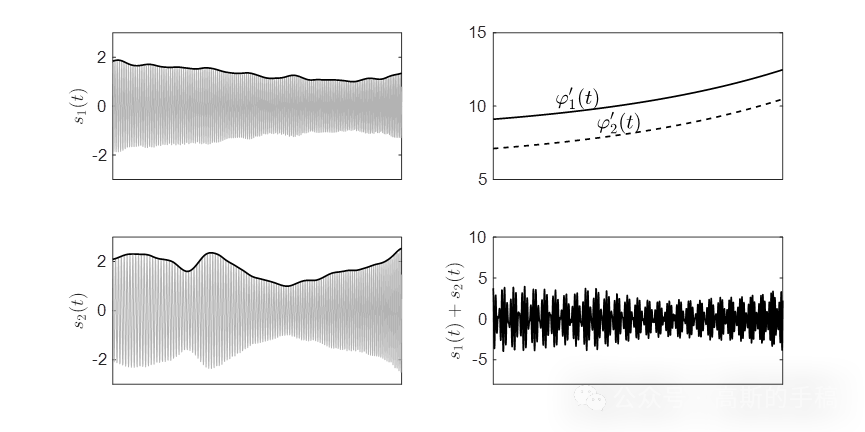
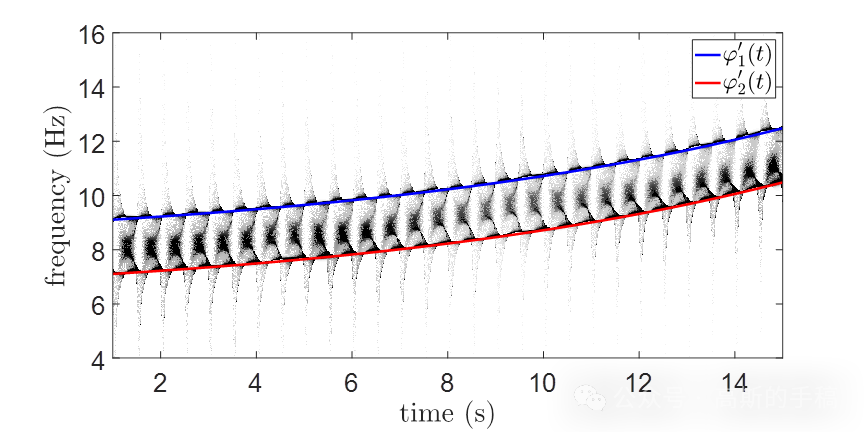
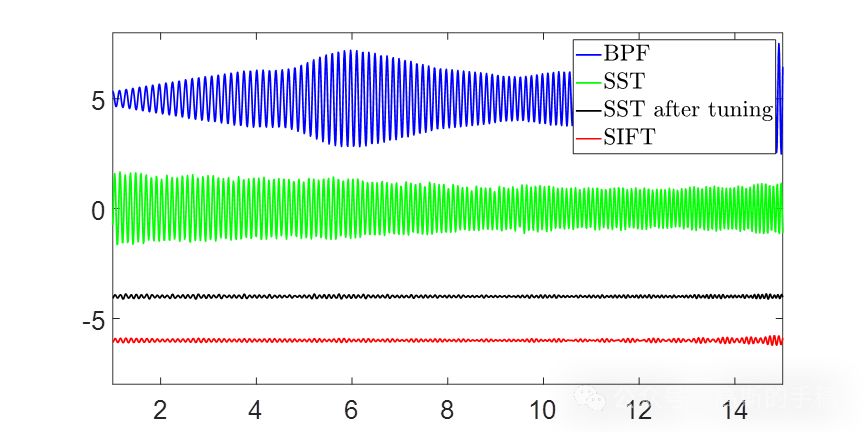
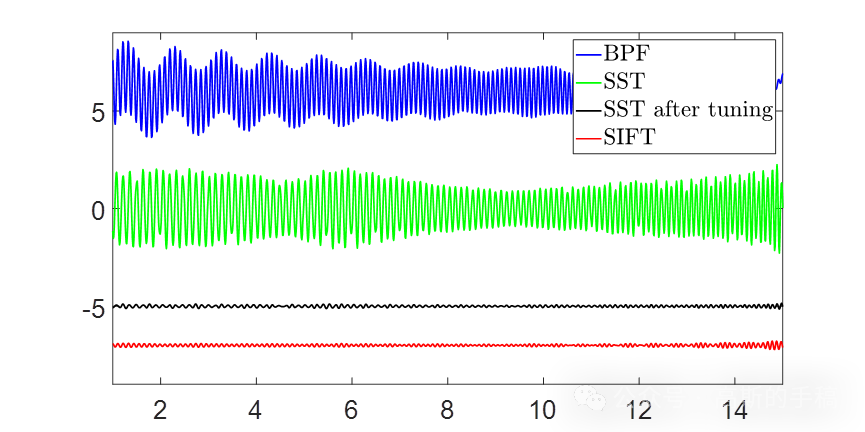
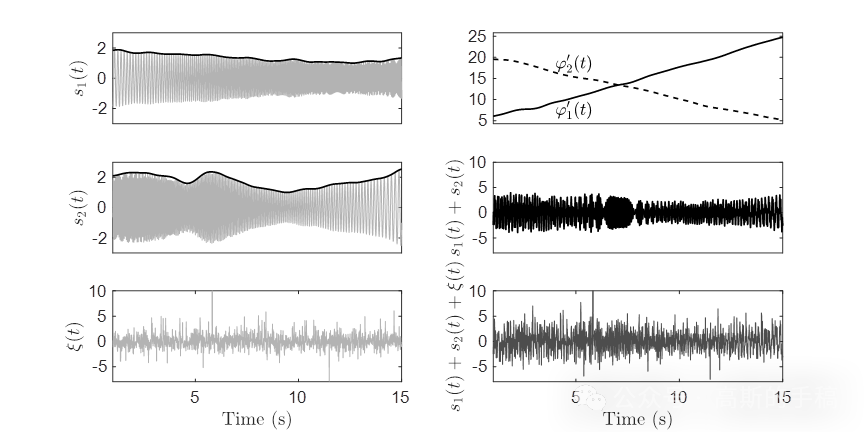
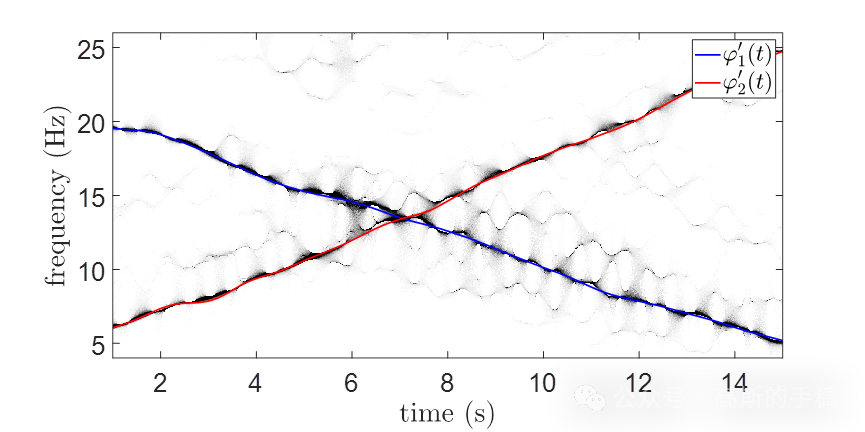
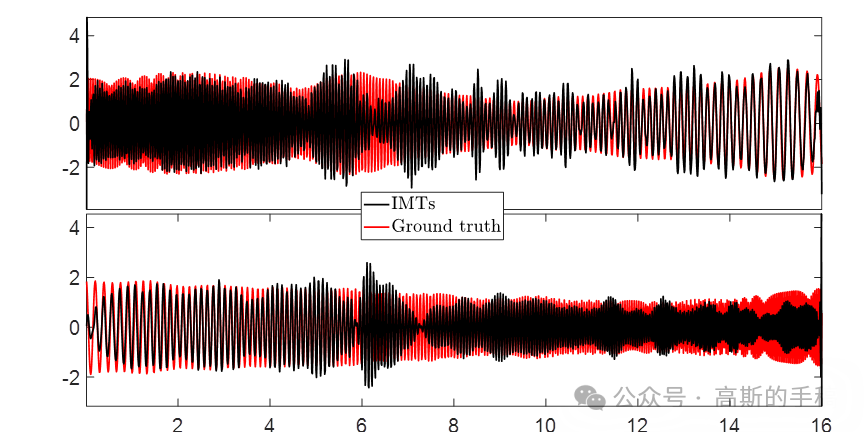
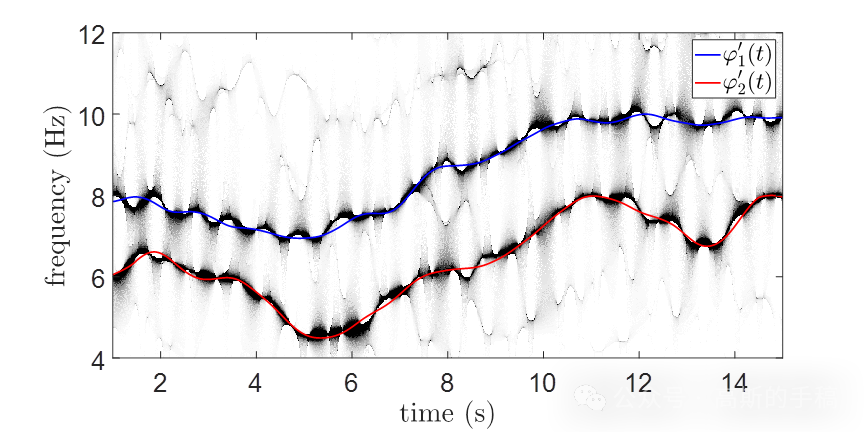



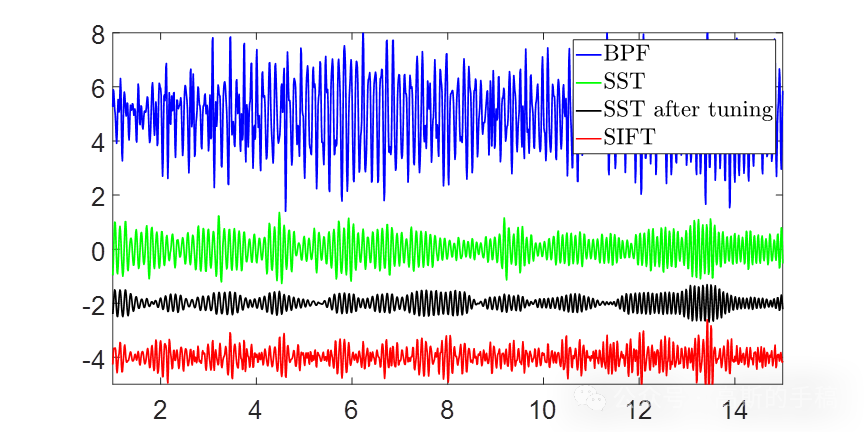
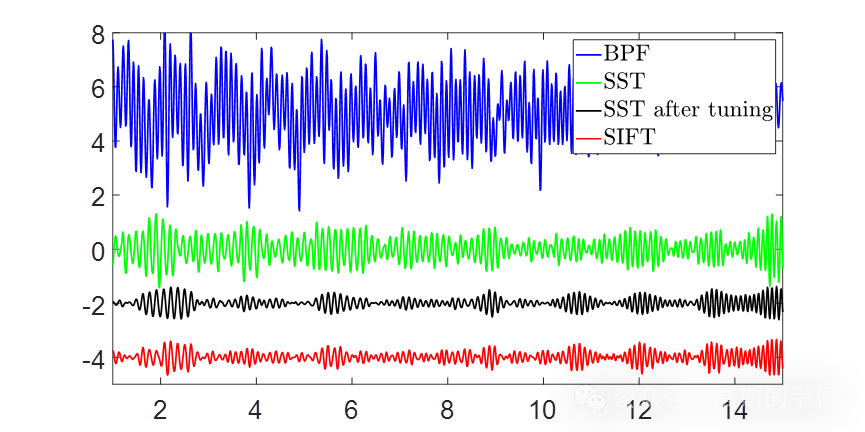
- 工学博士,担任《Mechanical System and Signal Processing》《中国电机工程学报》《控制与决策》等期刊审稿专家,擅长领域:现代信号处理,机器学习,深度学习,数字孪生,时间序列分析,设备缺陷检测、设备异常检测、设备智能故障诊断与健康管理PHM等。
function [IMF,mask_lengths] = ALIF(f,options,mask_lengths_given)
%
%% We deal with the input
if nargin == 0, help ALIFv5_1; return; end
if nargin == 1, options = Settings_ALIF; end
if nargin == 2, mask_lengths_given=[]; end
extensionType = 'p'; % used in the calculations of mins and maxs
N = length(f);
if size(f,1)>size(f,2)
f = f.';
end
if size(f,1)>1
disp('Wrong dataset, the signal must be a single row vector')
end
IMF =[];
if options.plots>0
if options.saveplots==1
nameFile=input('Please enter the name of the file as a string using '' and '' << '); %'v081_Ex2';
end
end
%% Main code
fprintf(['\n\n ****************** WARNING ******************\n\n '...
'We assume periodicity in the signal and\n\n its instantaneous periods\n\n' ...
' *********************************************\n'])
pause(0.5)
%%%%%%%%%%%%%%%%%%%%%%%%%%%%%%%%%%%%%%%%%%%%%%%%%%%%%%
% Adaptive Local Iterative Filtering %
%%%%%%%%%%%%%%%%%%%%%%%%%%%%%%%%%%%%%%%%%%%%%%%%%%%%%%
tic
load('prefixed_double_filter','MM');
if length(f)>length(MM)
fprintf(['\n\n ******** Warning *********\n\n'...
' The filter MM should contain more points\n'...
' to properly decompose the given signal\n\n'...
' We will use interpolation to generate a\n'...
' filter with the proper number of points\n\n'...
' *****************************\n\n'])
end
%%%%%%%%%%%%%%% Identify extreme points %%%%%%%%%%%%%%
maxmins_f=Maxmins_v2(f,extensionType);
while length(maxmins_f) > (options.ALIF.ExtPoints) && size(IMF,1) < (options.ALIF.NIMFs) && toc < (options.maxTime)
%% Outer loop
if options.verbose>0
fprintf('\n ======================== IMF # %1.0d ========================\n',size(IMF,1)+1)
end
h = f;
%%%%%%%%%% Computing the mask length %%%%%%%%%%%%%%%%
if not(isempty(mask_lengths_given)) && size(mask_lengths_given,1)>size(IMF,1)
if options.verbose>0
fprintf('\n ---------- Mask length provided by the user ----------\n')
end
iT_f=options.ALIF.xi*mask_lengths_given(size(IMF,1)+1,:);
else
if options.verbose>0
fprintf('\n --------------- Mask length computation ---------------\n')
end
T_f=[diff(maxmins_f) (maxmins_f(1)+N-maxmins_f(end))];
temp_T_f=[T_f T_f T_f T_f T_f T_f T_f T_f T_f T_f T_f];
temp_maxmins_f=[maxmins_f maxmins_f+N maxmins_f+2*N maxmins_f+3*N ...
maxmins_f+4*N maxmins_f+5*N maxmins_f+6*N ...
maxmins_f+7*N maxmins_f+8*N maxmins_f+9*N maxmins_f+10*N];
temp_iT_f= interp1(temp_maxmins_f,temp_T_f,1:11*N,'cubic');
iT_f = temp_iT_f(5*N+1:6*N);
nTry=1;
iT_f0=iT_f;
if options.verbose>0
fprintf('\n ~~~~~~~~~~~~~~ Mask length using IF ~~~~~~~~~~~~~~\n')
end
OK=0;
while OK==0
opts=Settings_IF('IF.ExtPoints',3,'IF.NIMFs',nTry,'verbose',options.verbose,'IF.alpha',1,'IF.extensionType','p');
IMF_iT_f = IF_v2(iT_f0,opts); % We use IF algo for periodic signals to compute the mask length
if 0>=min(IMF_iT_f(end,:)) && (size(IMF_iT_f,1)-1)==nTry
nTry=nTry+1;
elseif 0>=min(IMF_iT_f(end,:)) && not((size(IMF_iT_f,1)-1)==nTry)
disp('Negative mask length')
return
else
OK=1;
end
end
if options.verbose>0
fprintf('\n ~~~~~~~~~~~~~~~~~~~~~~~~~~~~~~~~~~~~~~~~~~~~~~~~~~~\n')
end
iT_f = IMF_iT_f(end,:);
nn = 2*options.ALIF.xi;
iT_f = nn*iT_f;
if options.plots>0
figMask=figure;
title(['Mask length IMF_{' num2str(size(IMF,1)+1) '}'])
plot(iT_f,'b')
hold on
plot(maxmins_f,nn*T_f,'kx')
plot(nn*sum(IMF_iT_f,1),'r')
legend('Mask length','periods of the signal','Instantaneous periods')
set(figMask,'Units', 'Normalized', 'OuterPosition', [0 0 1 1]);
if options.saveplots==1
saveas(figMask,[nameFile '_MaskLength_IMF_' num2str(size(IMF,1)+1)], 'fig')
saveas(figMask,[nameFile '_MaskLength_IMF_' num2str(size(IMF,1)+1)], 'epsc')
saveas(figMask,[nameFile '_MaskLength_IMF_' num2str(size(IMF,1)+1)], 'png')
end
pause(0.01)
end
end
mask_lengths(size(IMF,1)+1,:)=iT_f;
if options.verbose>0
fprintf('\n ------------------------------------------------------\n')
end
inStepN=0;
W=zeros(N,N);
for i=1:N
wn = get_mask_v1(MM, iT_f(i));
wn=wn/norm(wn,1);
len = (length(wn)-1)/2;
wn = [reshape(wn,1,2*len+1) zeros(1,N-2*len-1)];
W(i,:)=circshift(wn,[0 (i-len-1)]);
end
%%
if options.verbose>0
fprintf('\n IMF # %1.0d\n',size(IMF,1)+1)
fprintf('\n step # SD\n\n')
end
SD=Inf;
if options.plots>0
figM=figure;
end
while SD > options.ALIF.delta && inStepN<1000
%% Inner loop
inStepN=inStepN+1;
if options.verbose>0
end
%%%%%%%% Compute the average %%%%%%%%%
ave = W*h';
%%%%%%%%%%%%%%%%%% generating h_n %%%%%%%%%%%%%%%%%%
SD = norm(ave)^2/norm(h)^2;
h = h - ave';
if options.verbose>0
fprintf(' %2.0d %1.14f\n',inStepN,SD)
end
if options.plots>0 && rem(inStepN,1)==0
textLeg{1}='f-h';
textLeg{2}='h';
titLeg=sprintf('IMF # %2.0d Inner step = %2.0d',size(IMF,1)+1,inStepN);
title(sprintf('IMF # %2.0d Inner step = %2.0d',size(IMF,1)+1,inStepN))
plot_imf_v8([h;f-h],1:length(h),titLeg,textLeg,figM);
set(figM,'Units', 'Normalized', 'OuterPosition', [0 0 1 1]);
if options.saveplots==1
saveas(figM,[nameFile '_IMF' num2str(size(IMF,1)+1) '_step' num2str(inStepN)], 'fig')
saveas(figM,[nameFile '_IMF' num2str(size(IMF,1)+1) '_step' num2str(inStepN)], 'epsc')
saveas(figM,[nameFile '_IMF' num2str(size(IMF,1)+1) '_step' num2str(inStepN)], 'png')
end
pause(0.01)
end
end
%%%%%%%%%%%%%%%%%%%%%% Adding the new IMF %%%%%%%%%%%%%%%%%%%%%
IMF=[IMF; h];
%%%%%%%%%%%%%%%%%%%%% Updating the signal %%%%%%%%%%%%%%%%%%%%%%
f = f-h;
%%%%%%%%%%%%%%% Identify extreme points %%%%%%%%%%%%%%
maxmins_f=Maxmins_v2(f,extensionType);
if options.saveEnd == 1
save('Decomp_ALIF_v5.mat')
end
end
%%%%%%%%%%%%%%%%%%%%%%%%% Adding the trend %%%%%%%%%%%%%%%%%%%%%%%
IMF =[IMF; f];
if options.saveEnd == 1
save('Decomp_ALIF_v5.mat')
end
end
%% Auxiliar functions
function a=get_mask_v1(y,k)
% get the mask with length 2*k+1
% k could be an integer or not an integer
% y is the area under the curve for each bar
n=length(y);
m=(n-1)/2;
if k<=m % The prefixed filter contains enough points
if mod(k,1)==0 % if the mask_length is an integer
a=zeros(1,2*k+1);
for i=1:2*k+1
s=(i-1)*(2*m+1)/(2*k+1)+1;
t=i*(2*m+1)/(2*k+1);
%s1=s-floor(s);
s2=ceil(s)-s;
t1=t-floor(t);
%t2=ceil(t)-t;
if floor(t)<1
disp('Ops')
end
a(i)=sum(y(ceil(s):floor(t)))+s2*y(ceil(s))+t1*y(floor(t));
end
else % if the mask length is not an integer
new_k=floor(k);
extra = k-new_k;
c=(2*m+1)/(2*new_k+1+2*extra);
a=zeros(1,2*new_k+3);
t=extra*c+1;
t1=t-floor(t);
%t2=ceil(t)-t;
if k<0
disp('Ops')
end
a(1)=sum(y(1:floor(t)))+t1*y(floor(t));
for i=2:2*new_k+2
s=extra*c+(i-2)*c+1;
t=extra*c+(i-1)*c;
%s1=s-floor(s);
s2=ceil(s)-s;
t1=t-floor(t);
a(i)=sum(y(ceil(s):floor(t)))+s2*y(ceil(s))+t1*y(floor(t));
end
t2=ceil(t)-t;
a(2*new_k+3)=sum(y(ceil(t):n))+t2*y(ceil(t));
end
else % We need a filter with more points than MM, we use interpolation
dx=0.01;
% we assume that MM has a dx = 0.01, if m = 6200 it correspond to a
% filter of length 62*2 in the physical space
f=y/dx; % function we need to interpolate
dy=m*dx/k;
b=interp1(0:m,f(m+1:2*m+1),0:m/k:m);
if size(b,1)>size(b,2)
b=b.';
end
if size(b,1)>1
fprintf('\n\nError!')
disp('The provided mask is not a vector!!')
a=[];
return
end
a=[fliplr(b(2:end)) b]*dy;
if abs(norm(a,1)-1)>10^-14
% fprintf('\n\nError\n\n')
% fprintf('Area under the mask = %2.20f\n',norm(a,1))
% fprintf('it should be equal to 1\nWe rescale it using its norm 1\n\n')
a=a/norm(a,1);
end
end
end
function varargout = Maxmins(f,extensionType)
% Identify the maxima and minima of a signal f
if nargin == 1, extensionType = 'c'; end
N = length(f);
maxmins=zeros(1,N);
df = diff(f);
h = 1;
cIn=0;
if strcmp(extensionType,'p') && df(1) == 0 && df(end) == 0
while df(h)==0
cIn=cIn+1;
h=h+1;
end
end
c = 0;
cmaxmins=0;
for i=h:N-2
if df(i)*df(i+1) <= 0
if df(i+1) == 0
if c == 0
posc = i;
end
c = c + 1;
else
if c > 0
cmaxmins=cmaxmins+1;
maxmins(cmaxmins)=posc+floor((c-1)/2)+1;
c = 0;
else
cmaxmins=cmaxmins+1;
maxmins(cmaxmins)=i+1;
end
end
end
end
if c > 0
cmaxmins=cmaxmins+1;
maxmins(cmaxmins)=mod(posc+floor((c+cIn-1)/2)+1,N);
if maxmins(cmaxmins)==0
maxmins(cmaxmins)=N;
end
end
maxmins=maxmins(1:cmaxmins);
if strcmp(extensionType,'p') % we deal with a periodic signal
if isempty(maxmins)
maxmins = 1;
else
if maxmins(1)~=1 && maxmins(end)~=N
if (f(maxmins(end)) > f(maxmins(end)+1) && f(maxmins(1)) > f(maxmins(1)-1)) || (f(maxmins(end)) < f(maxmins(end)+1) && f(maxmins(1)) < f(maxmins(1)-1))
maxmins=[1 maxmins];
end
end
end
elseif strcmp(extensionType,'c')
if isempty(maxmins)
maxmins = [1, N];
else
if maxmins(1) ~= f(1) && maxmins(end) ~= f(end)
maxmins = [1, maxmins, N];
elseif f(maxmins(1)) ~= f(1)
maxmins = [1, maxmins];
elseif f(maxmins(end)) ~= f(end)
maxmins = [maxmins, N];
end
end
elseif strcmp(extensionType,'r')
if isempty(maxmins)
maxmins = [1, N];
else
if maxmins(1) ~= f(1) && maxmins(end) ~= f(end)
maxmins = [1, maxmins, N];
elseif f(maxmins(1)) ~= f(1)
maxmins = [1, maxmins];
elseif f(maxmins(end)) ~= f(end)
maxmins = [maxmins, N];
end
end
end
if nargout<=1
varargout{1}=maxmins;
elseif nargout==2
if f(maxmins(1))>f(maxmins(2))
% Maxes
varargout{1}=maxmins(1:2:end);
% Mins
varargout{2}=maxmins(2:2:end);
elseif f(maxmins(2))>f(maxmins(1))
% Maxes
varargout{1}=maxmins(2:2:end);
% Mins
varargout{2}=maxmins(1:2:end);
else
disp('Problem in identifying Extrema')
varargout{1}=[];
end
end
end
知乎学术咨询:
https://www.zhihu.com/consult/people/792359672131756032?isMe=1



